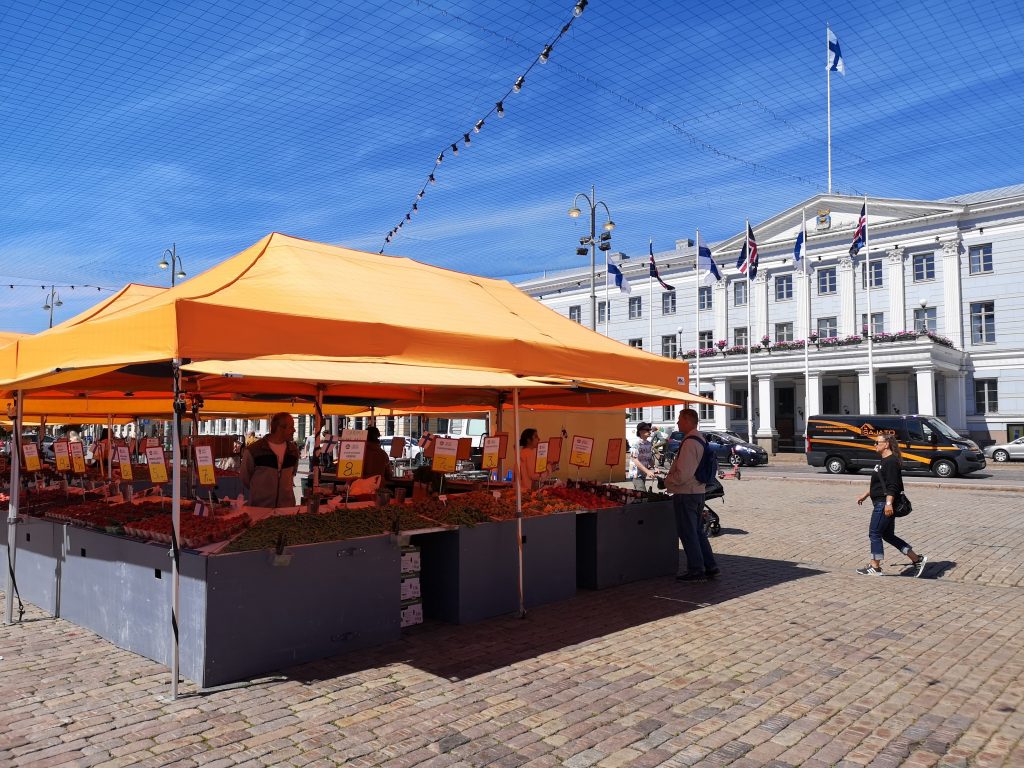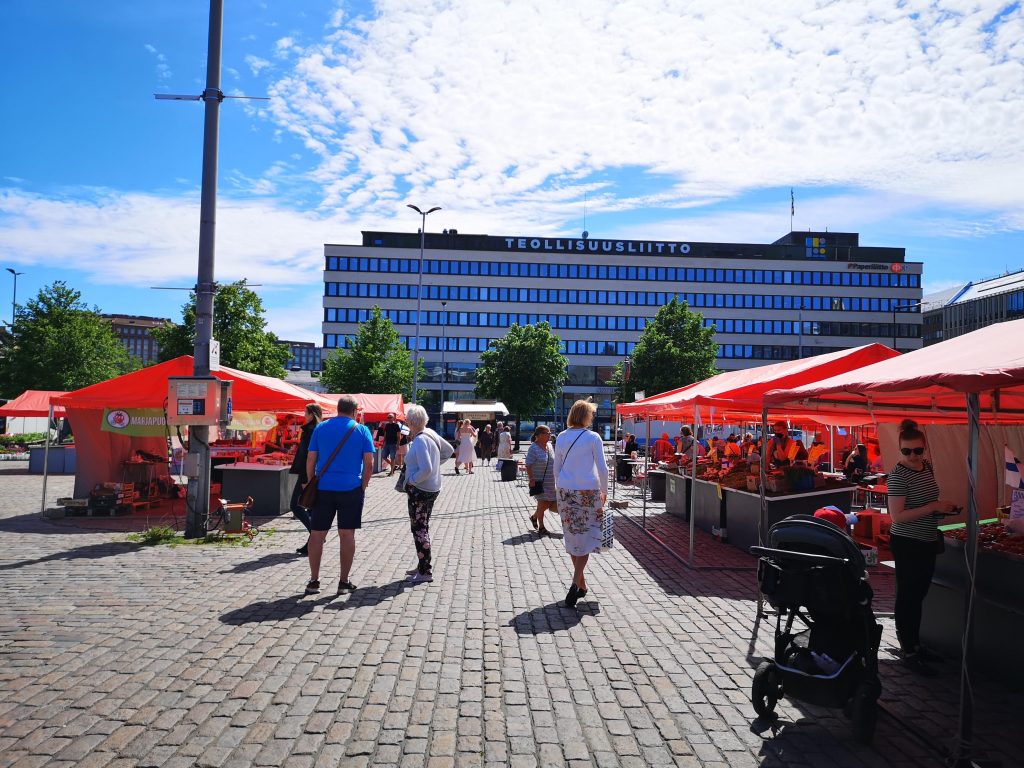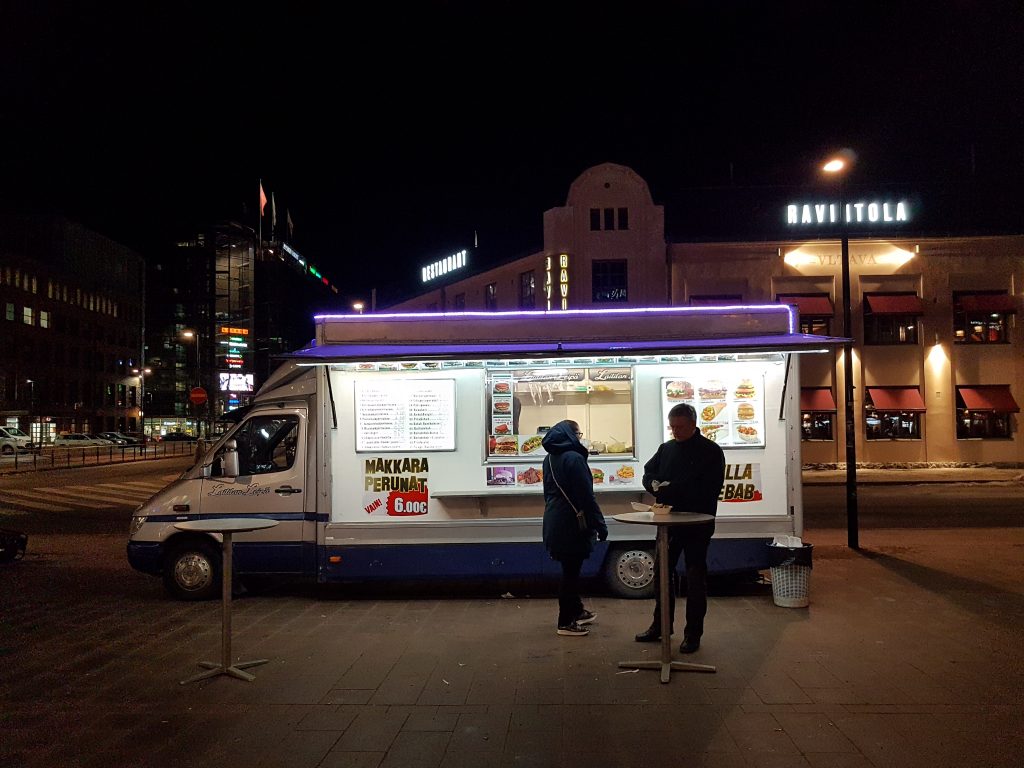By Chaitawat Boonjubun, University of Helsinki
Introduction
Global migration is at the heart of current debates about sustainability. As an immigrant from Bangkok, writing my doctoral dissertation on cities, I have been interested to research the contribution of migrants to sustainable urban development. The city of Helsinki provides an excellent case study.
Migrants, Street Food Vending, and Sustainable Urban Development
Migrants dominate street food vending all over the world. Vending street food on public land typically spurs contentious debates between critics and supporters. Street food vendor management that is focused only on spatial restructuring, for example, by reclaiming public space from the vendors, has brought problems like relocation and evictions. These actions have stimulated street vendors’ resistance, spured protests, which in the long run deepens the socio-spatial inequality in urban settings. Literature on street vending in the global South emphasises evictions and resistance of street vendors and the politics of policing street vendors. While in the global North researchers tend to criticise over-regulated urban environments, which obstruct the operation and existence of street vendors, and allude to how immigration policy plays a significant role in managing public space for vending.
Helsinki Street Food Vendors and Their Struggles
My recent article on street food vending in Helsinki, is an attempt to make the struggles of street food vendors visible and investigate what determines how the vendors operate and exist in this context. It considers land tenure, commons, and other factors, including the regulatory framework, the spatial organization of the urban landscape, the environment, and the demographics of the area. I paid special attention to who the street vendors are and what types of food they sell.


The interview data and document analysis showed that—unlike fixed-stall vendors in market squares who have signed rental agreements with the City of Helsinki—food truck vendors were granted a permit to trade in allocated vending areas. However, these areas are limited, even though the permit might be given to all applicants who meet the requirements. As non-tenants, food truck vendors are responsible for obtaining water and electricity and cleaning-up after themselves. In each market square, a diversity of goods are required. In contrast, in food truck vending areas, there are no such requirements, thus, many trucks can sell similar food in the same area. This regulatory framework and the effects of the land tenure arrangements have caused challenges and difficulties for the food truck vendors.


Vendors often struggled to find a suitable vending spot in the inner city and were unable to avoid intense competition with other vendors selling similar types of food. Some of the vendors even rented private land due to a lack of good municipal vending spots.
The City of Helsinki considers food trucks as a mobile vending activity that does not require a permanent spot to operate. The ways the City of Helsinki has managed food truck vendors can be interpreted as a strategy to reduce transaction costs and use municipal land as efficiently as possible. This study points to a need to see the food truck vendors as people with various needs and interests—not simply vehicles that function like “automated vending machines”.
The City of Helsinki has used the same regulatory framework to manage immigrant and non-immigrant street food vendors. However, my study shows that vendors with an immigrant background often offer food from their culture or home countries to the Finnish food market. Some vendors, especially those who are new immigrants, could face difficulties getting the required documents for a food truck permit application. This group of vendors has contributed greatly to local food sustainability and they should not be seen as part of the “population bomb” problem in the city.
By assigning municipal land in some areas for food truck vending, the City of Helsinki has tried to avoid conflicts with street vendors over public spaces, which has happened in other cities in the global South and North. However, conflicts could still occur if the City of Helsinki focuses mainly on spatial restructuring without taking into account social impact and ethical considerations. This study calls for policymakers to consider a link between the macroscale of land use (and economic) policy and the microscale needs and interests of the street vendors.
Conclusion
Migrants can play a role in driving sustainable urban development. Arguably, as indicated in my recent article, “a combination of the strong role of the municipality, food truck vending as a new phenomenon to the city, the small number of food truck vendors, the limited amount of municipal land allocated for street vending, the permit system, and the urban environment, and weather conditions have made food truck vending in Helsinki distinctive”. Undoubtedly, migrants have considerably contributed to Helsinki’s vibrant food scene. Legal mechanisms and land use policy implemented by the City of Helsinki have been both useful and harmful to the livelihood of street food vendors. Cities in the global North should not be seen simply as a “model” of street vending management, especially for cities in the global South. However, their experiences can be used as knowledge resources and lessons learned for policymakers and city managers.
